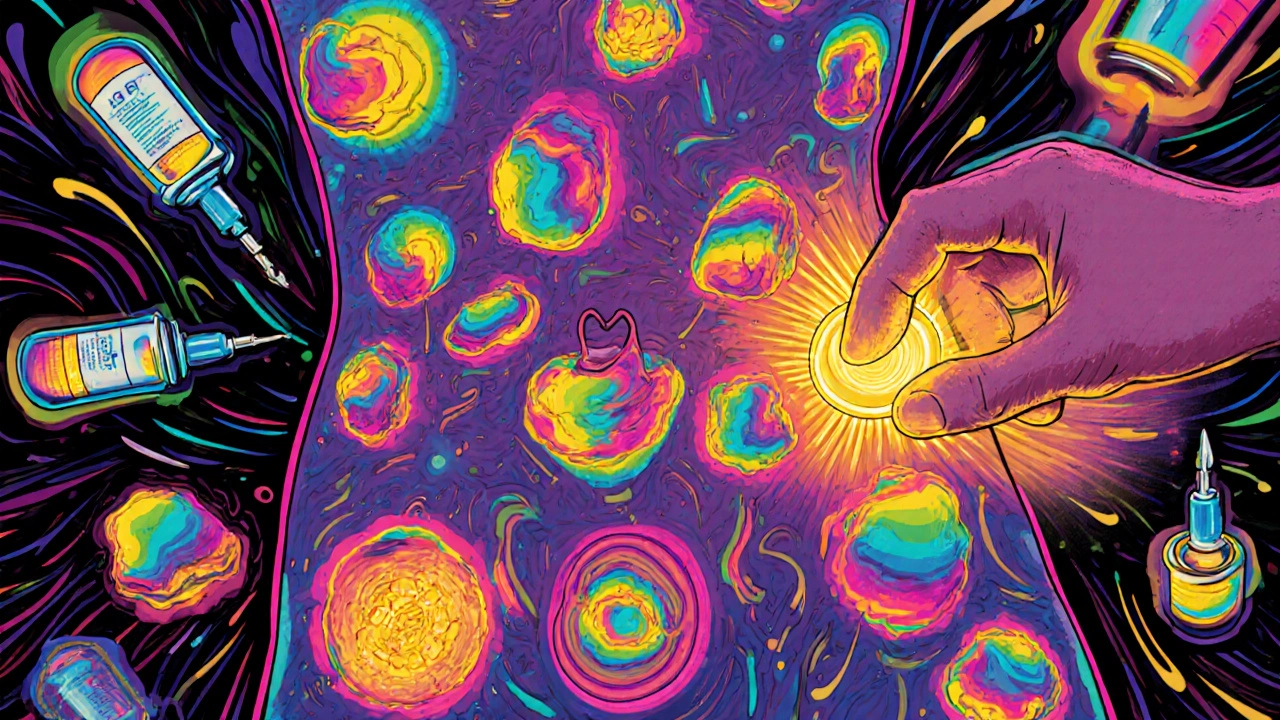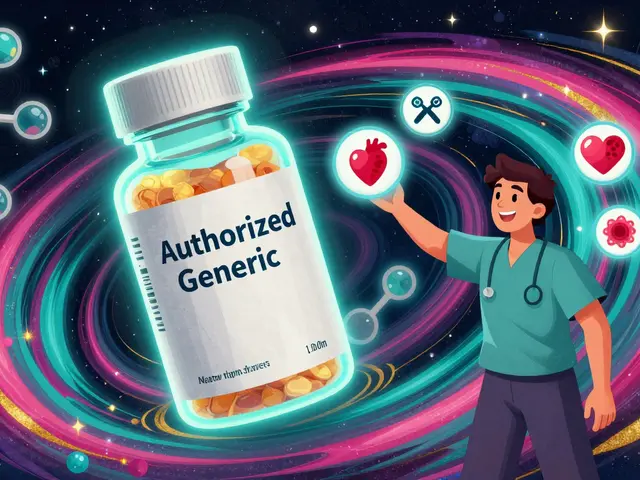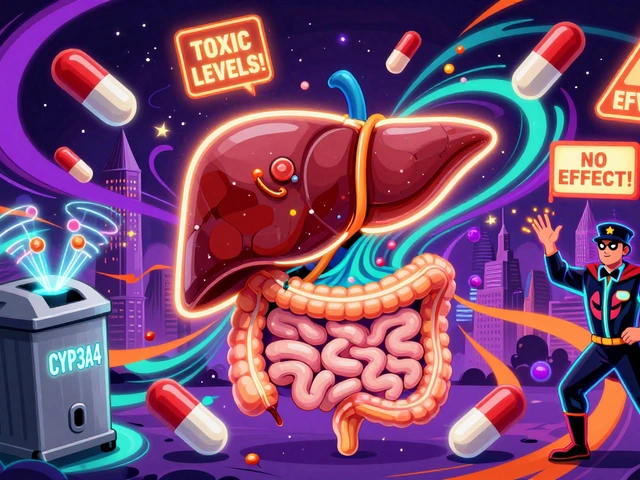Lipohypertrophy: What It Is, Why It Happens, and How to Prevent It
When you inject insulin regularly, your body doesn’t just absorb it—it can also start changing the tissue where you inject. This is called lipohypertrophy, a buildup of fatty tissue at injection sites caused by repeated insulin injections in the same area. Also known as fat lumps, it’s not just a cosmetic issue—it can mess with how well your insulin works, leading to unpredictable blood sugar spikes and drops. Many people with diabetes don’t even realize they have it until their glucose levels start acting strange.
Lipohypertrophy happens because insulin isn’t just a hormone—it’s also a growth factor. When you keep injecting in the same spot, the fat cells there get bigger and multiply. Over time, these areas become firm, raised, and sometimes numb. You might notice them as lumps under your skin on your belly, thighs, or arms. The problem? Insulin absorbs slower and unevenly from these lumps. That means your blood sugar can stay high after a shot, then crash later when the insulin finally kicks in. It’s like trying to fill a leaky gas tank—you never know how much you’re really getting.
This isn’t rare. Studies show up to half of people on long-term insulin develop lipohypertrophy. And the worst part? It’s totally preventable. Rotating your injection sites isn’t just a suggestion—it’s a must. Use a grid system: divide your abdomen into four quadrants and rotate within each one. Don’t reuse needles. Keep a log or use an app to track where you inject. If you already have lumps, stop injecting there. The tissue can take months to shrink, but it will improve. And if you’re unsure whether a bump is lipohypertrophy or something else, ask your doctor. A quick visual check or ultrasound can confirm it.
What you’ll find in the posts below are real, practical guides from people who’ve dealt with this. You’ll see how insulin users track their injection sites, how some have reversed existing lumps, and what alternatives like insulin pens or pumps can do to reduce the risk. There’s also advice on spotting early signs before they become serious, and how to talk to your healthcare provider without sounding alarmist. This isn’t about fear—it’s about control. You’re already managing diabetes. Now learn how to protect your body from one of its most silent side effects.
Insulin Injection Site Reactions: How to Spot and Prevent Lipodystrophy and Bruising
Lipodystrophy and bruising from insulin injections are common but often ignored. Learn how to spot the signs, prevent tissue damage, and stabilize your blood sugar with simple injection techniques.





